Route Highlights
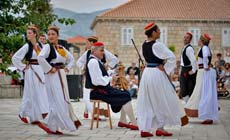
Cavtat Culture
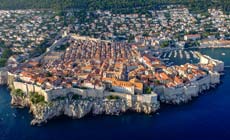
World Heritage Sites

Forts & Castles
Itinerary
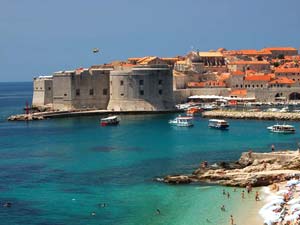
Day 1 Dubrovnik
Dubrovnik is a city with a unique cultural and political history, mainly the Statute from 1272. It is also a city with world famous beauty and is one of the World Heritage Sites as listed by UNESCO. By right, it is among the most famous cities and attractive cities of the Mediterranean. Besides the natural beauties, cultural and historical heritage, Dubrovnik offers quality experiences and opportunities for visitors.
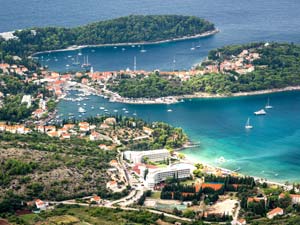
Day 2 Cavtat
Cavtat grew and became known because of the port. It is located on the southern part of the Zupa bay just 20km southeast of Dubrovnik. Cavtat boasts of its pleasant climate, beautiful shores and very luxuriant vegetation. The major tourist attractions include the “St. Nicholas” baroque church, the Gothic-Renaissance Franciscan Monastery “Our Lady of Snows” that was named after the Benedictine church that existed on Mrkan. The major contributor to the economy is tourism while the major occupations for the inhabitants are fishing and farming.
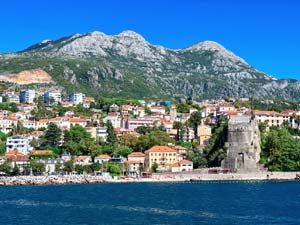
Day 3 Herceg Novi
Herceg Novi is mostly recognizable by its abundance of mimosa trees and the numerous flights of stairs. It is referred to as ‘the city in the sun’ thanks to the many days of sunshine. Stari Gad is the centre of Herceg Novi, and it has buildings dating back to the times of Sahat- Kula (1667) and Kanli- Kula (1483). Fortresses Spanjola (1538) and Fort Mare (1687) are just a small bit of the cultural heritage of this renowned town. The lush greenery that surrounds the town ensures various kinds of tropical flowers growing in the wild here. The subtle fragrance of both the yellow and green mimosas fills the town towards the end of January and the Mimosa Festival was created and dedicated to this flower.
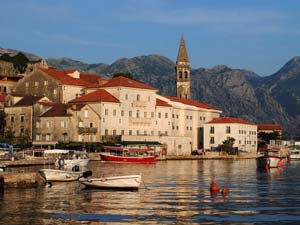
Day 4 Perast
Perast is a humble town located just at the foot of St. Elijah Hill (873m), on the opposite side of the narrow Verige strait, whereby the most inner bays of Kotor and Risan converge. The easternmost part of the shore was the earliest part of land that was inhabited in the Boka region. Discoveries of Neolithic cultures (3500 BC) were made in the Spila caves just above Perast. Other archeological finds provide clearer evidence of ancient civilization dating back to the Roman, Early Christian and Illyrian periods. Although preceded by two jewel-like islands, Perast overlooks the sea with great enthusiasm. Despite the small size, Perast has grown with sophisticated urban structures being put up especially along the waterfront.
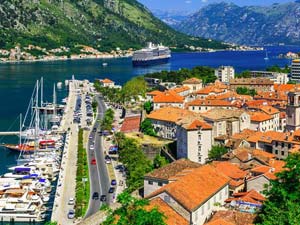
Day 5 Kotor
Renowned for its trading activities and its famous sailors, the old city of Kotor,built around the 12th and 14th centuries, has been preserved from urbanization, similar to the middle Ages. Kotor is listed as a “World Natural and Historical Heritage Site” by UNESCO for it's Medieval architecture and monuments. Buildings are crisscrossed throughout the city and so the streets are narrow and so are the squares. One of the notable monuments in the city is the Cathedral of Sveti Tripun. Other monuments and treasures of Kotor include the Church of Sveti Luka (13th century), Church of Sveta Ana (12th Century), Church Sveta Marija (13th Century), Church Gospe od Zdravlja (15th Century) and the Napoleon Theatre (19th Century).
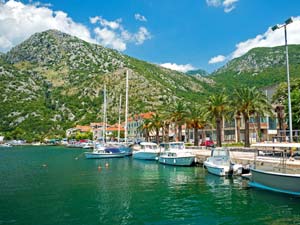
Day 6 Risan
Dating back to the 3rd century BC, Risan is the oldest of all towns in Boka Kotorska. Legends have been told that try to explain its origin. The town is overlooked by two fortresses on adjacent hills, and it is renowned for its archeological finds. One of the discoveries included a mosaic floor which indicated Hypnos, the god of sleep. Not far off is the Monastery of Banja that was rebuilt in the early 1720s.
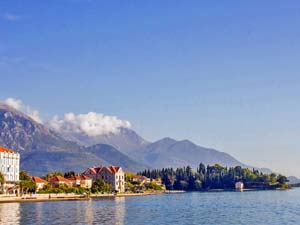
Day 7 Tivat
Tivat is a coastal town located on the central part of Boka bay, under the Vrmac hill just at the foot of Mt. Lovcen. The town is well renowned for its extraordinary natural beauty. The many sunny days around the year make Tivat a perfect destination for summer holidays and water sports during the winter. Another part of Tivat consists of two islands; island of flowers St. Marc and Lady of Mercy. Remnants found in this areas point towards the concept of continuity of life in Tivat as far back as the Bronze Age (20th Century BC) and Ilyric. The town survived the Roman reign and the medieval domination of the Venetian, Austrian and Turkish empires.
